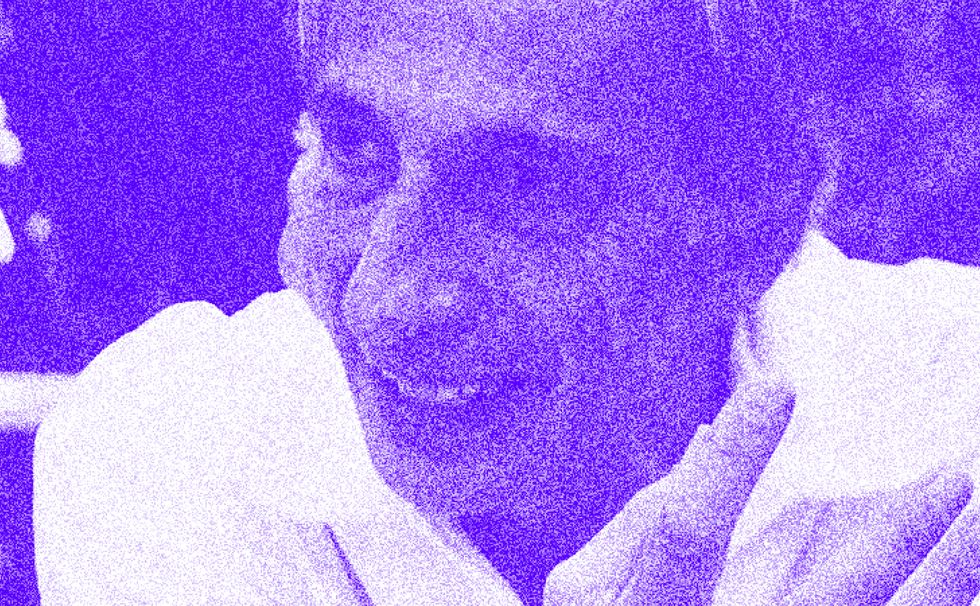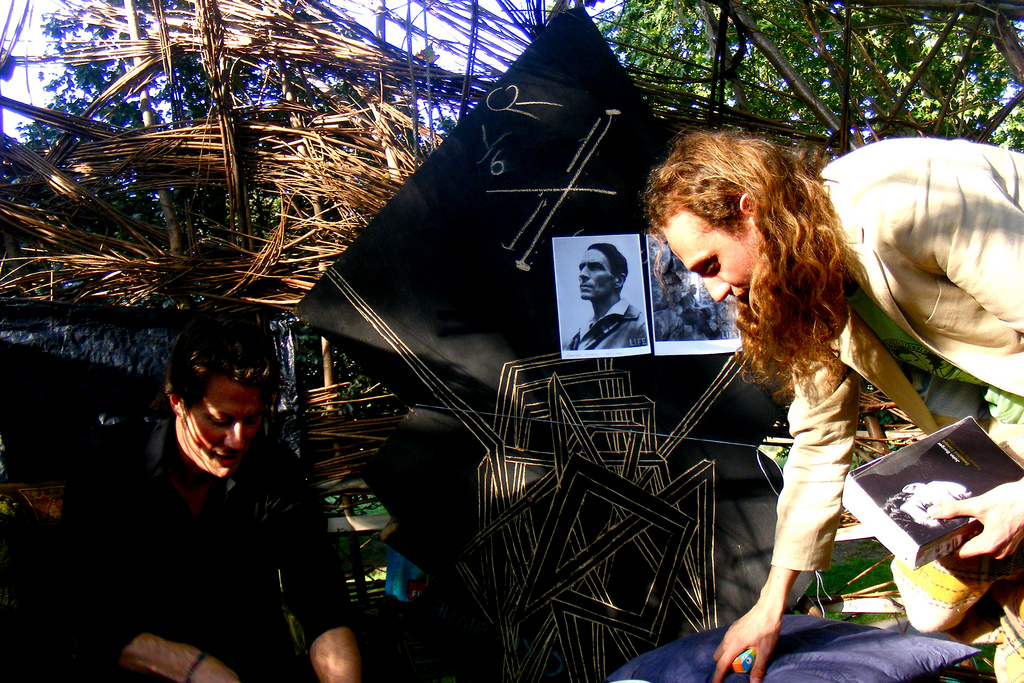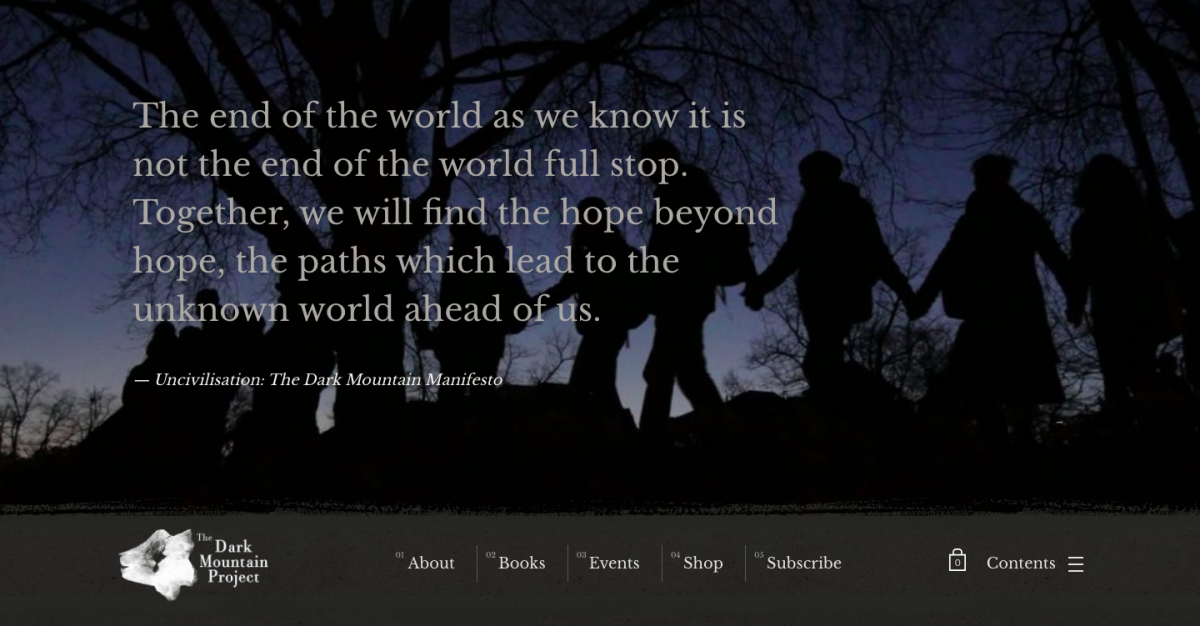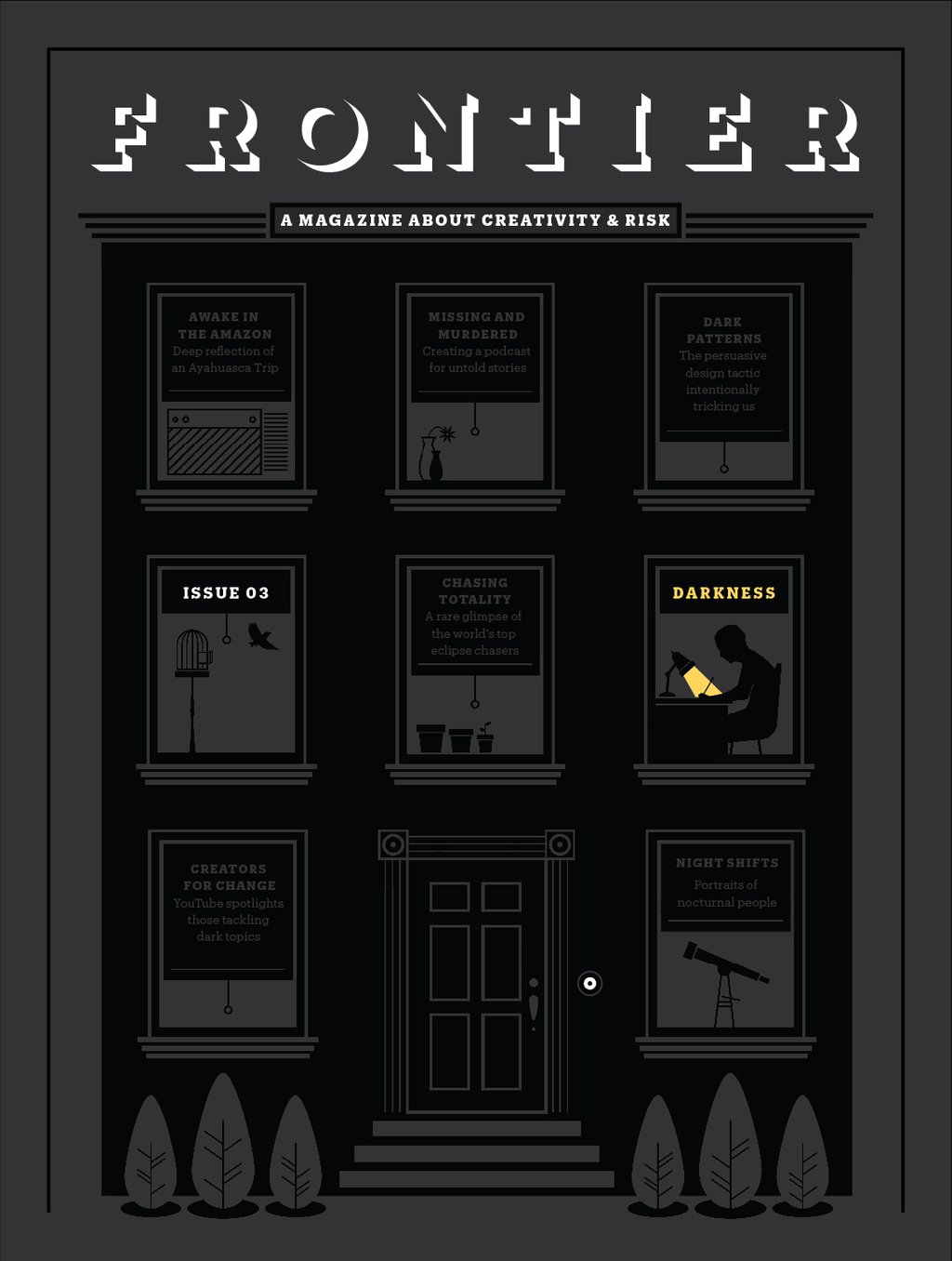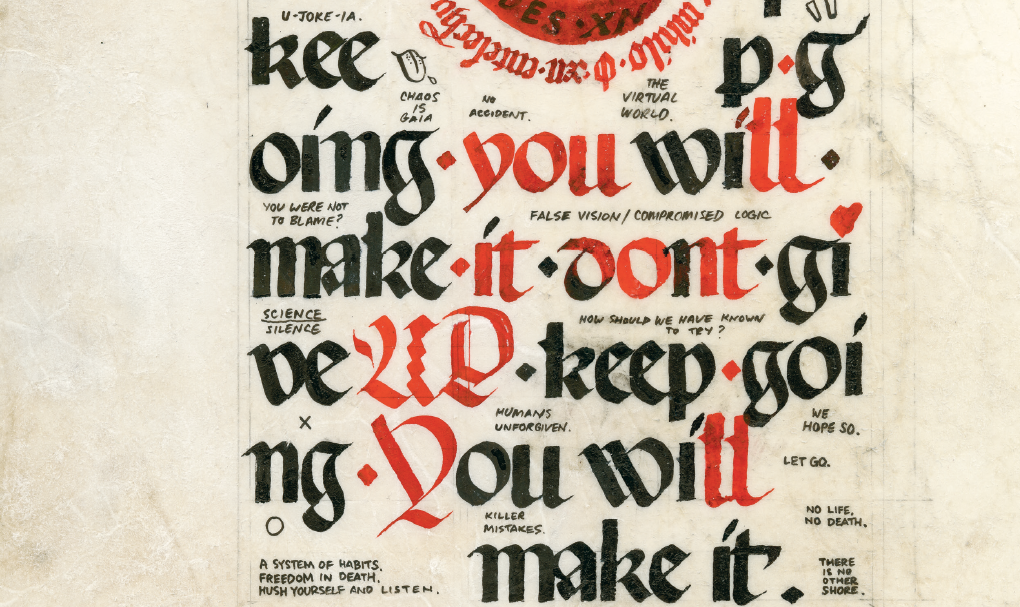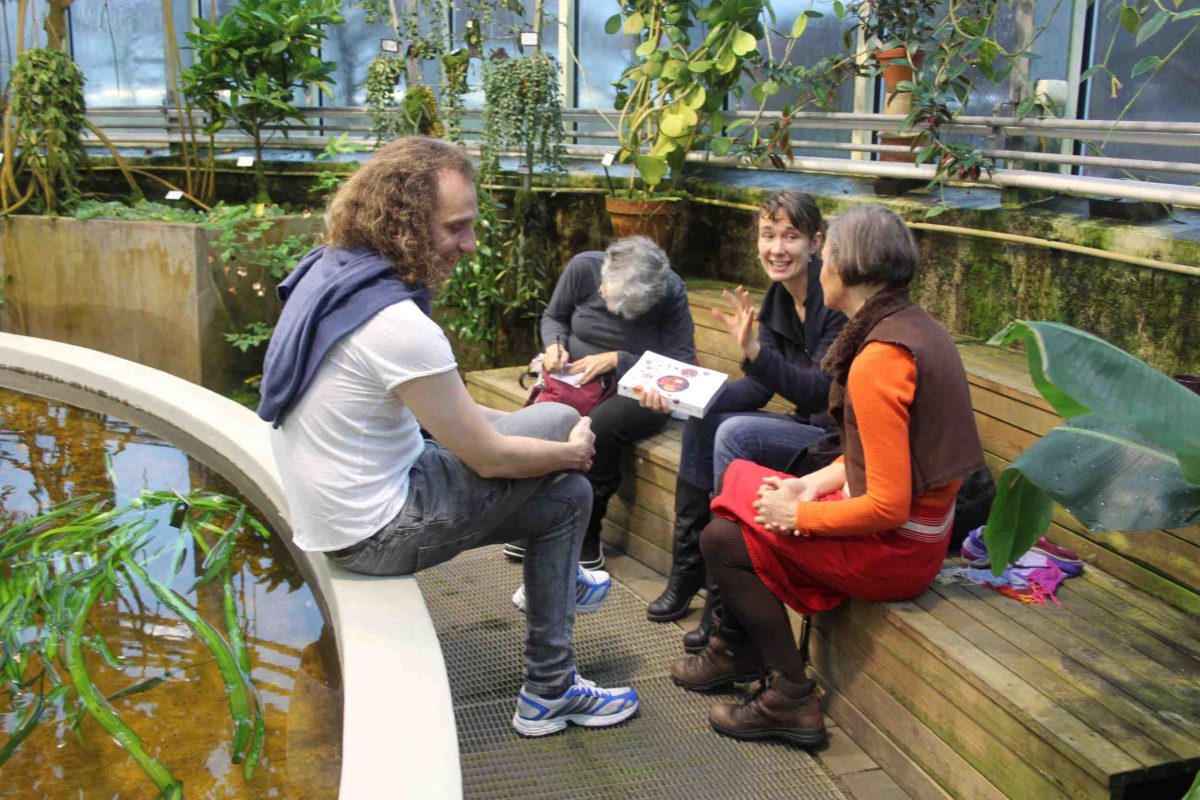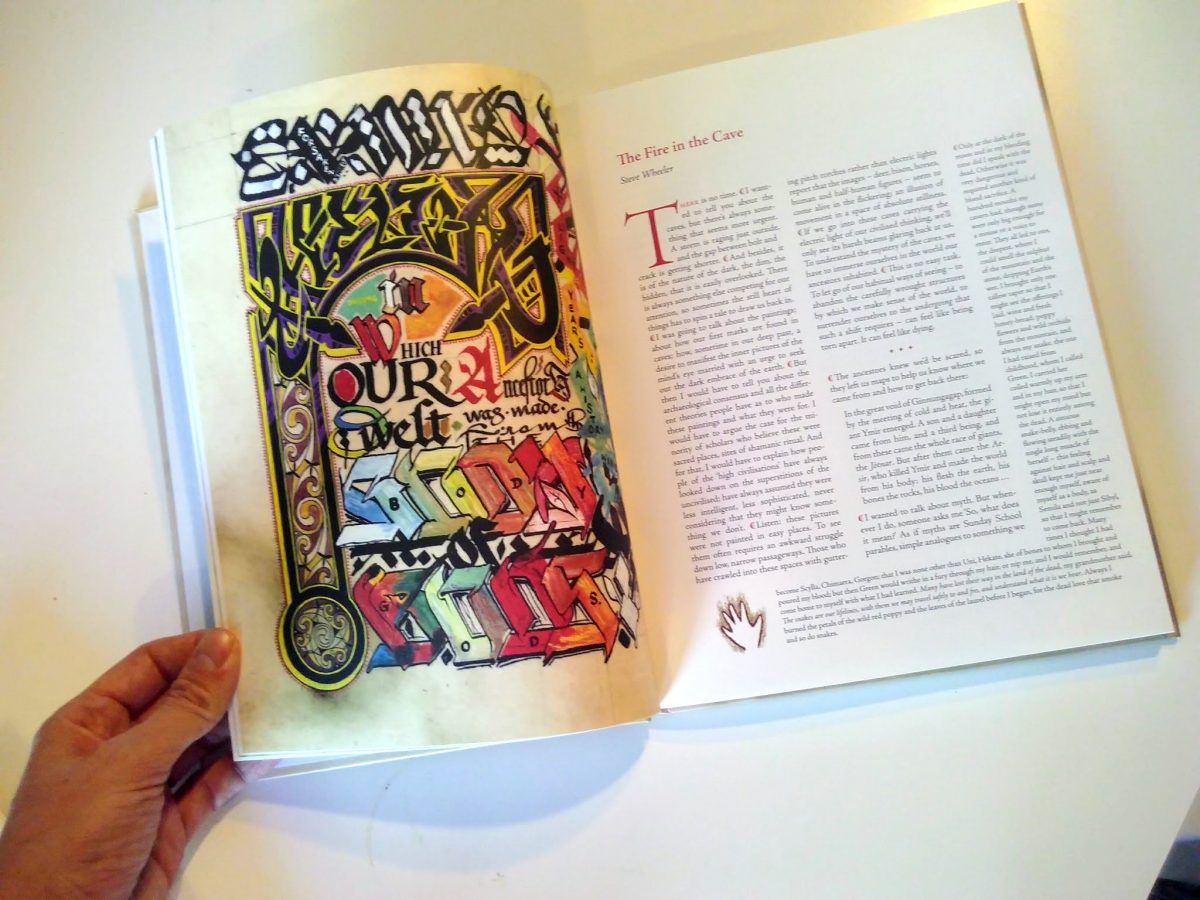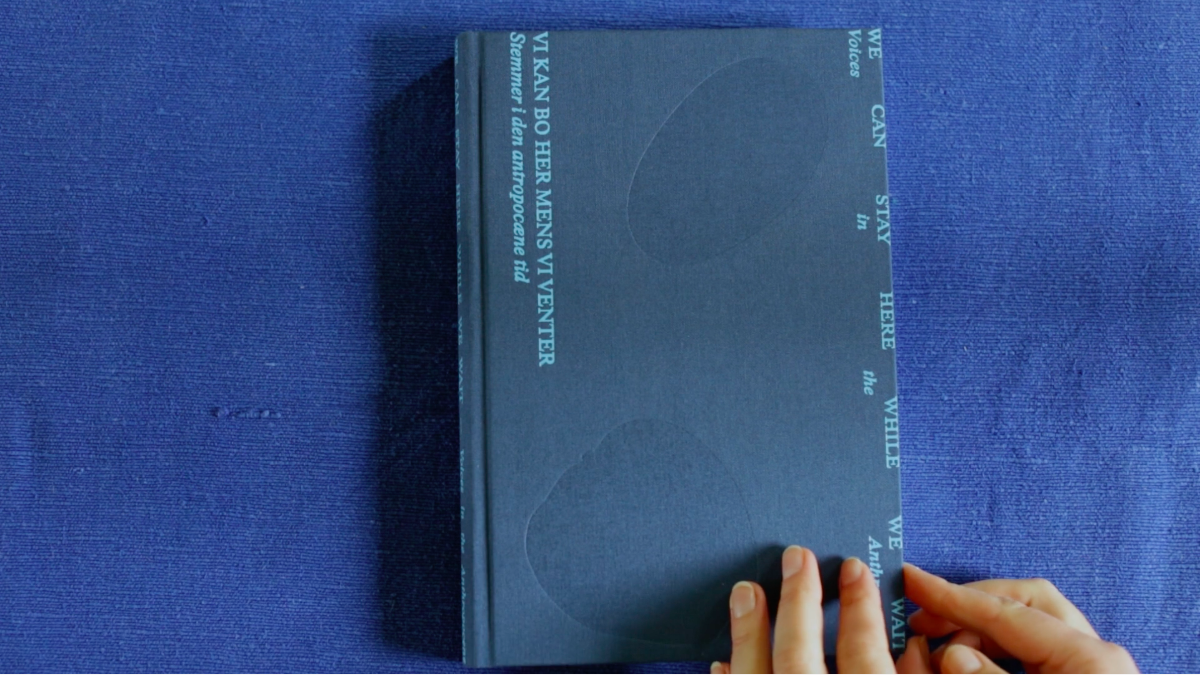During the next several years I intend to work on an epilogue to the industrial age…
With these words, Ivan Illich opens Tools for Conviviality (1973), one of the series of short books written at the height of his fame. This month, the Design Museum in London are hosting a day-long symposium to explore the possibilities for Convivial Tools today. There’s a great line-up – and I was delighted to be asked to offer a reflection as part of the day’s programme.
In the early 1970s, Illich could write that ‘two-thirds of mankind still can avoid passing through the industrial age’. As his friend, the historian Barbara Duden records:
He gradually moved away from assumptions that sparked so much of his writing in the 1950s and 1960s, a vision of salvaging a life worth living for human beings by protecting “communality” and what he called “the commons”, by calling to mind the “tools of conviviality,” by preserving traditional and customary ways of living. Even he was amazed by the breathtakingly rapid disappearance of “traditional” orientations and practices in Third World villages, and he shed his own illusions that the social critic could help protect the fabric of these villages.
The Illich of Tools for Conviviality is not as conservative as Duden’s summary makes him sound, but there is throughout his work an attentiveness to what is being lost – and also to the past as a mirror in which we come to recognise the strangeness of the present.
In my contribution to the Convivial Tools symposium, I want to bring in some of Illich’s thinking about the past, to see if it can help us make sense of ‘the shadow that the future throws’, more than fifteen years after his death. I’ll draw on my own journeyings with Illich’s friends and co-conspirators, from Cuernavaca to Tuscany. And I’ll try to give a glimpse of the hope that I find in work which has often been dismissed as negative or pessimistic.
Tickets are available for the event here.
